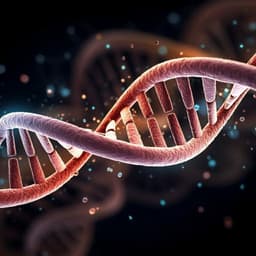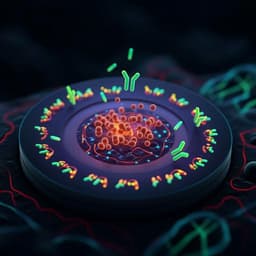
Medicine and Health
Multi-omics profiling of DNA methylation and gene expression alterations in human cocaine use disorder
E. Zillich, H. Belschner, et al.
This groundbreaking study reveals how structural and functional brain changes drive cocaine use disorder (CUD). By integrating epigenomic and transcriptomic data, the authors discovered significant molecular alterations linked to CUD, highlighting potential new treatment avenues. Conducted by a team of esteemed researchers, including Eric Zillich and Diego Andrade-Brito, this research unveils critical insights into synaptic signaling and neuron morphogenesis.
~3 min • Beginner • English
Related Publications
Explore these studies to deepen your understanding of the subject.







